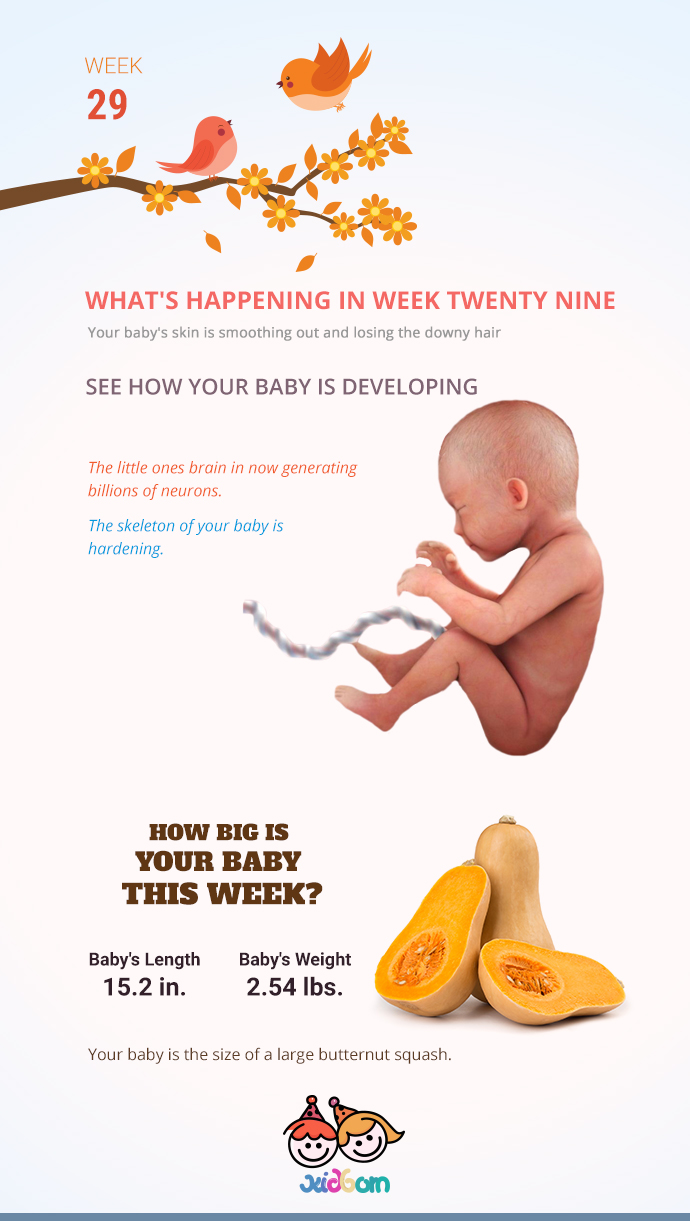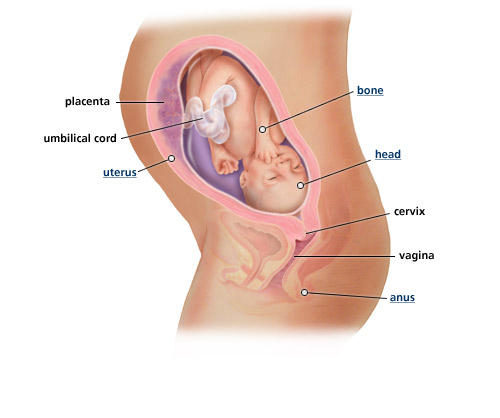
As you step into the 29th week of your pregnancy, there’s a lot happening with both you and your baby that’s worth paying attention to. This article aims to guide you through the significant changes, symptoms, and considerations during this stage. Understanding what to expect can help you prepare better for the upcoming weeks and ensure a healthier journey for both you and your baby.
Entering week 29 means you’re well into your third trimester, a time when the reality of impending parenthood might be becoming more palpable. This stage of pregnancy is crucial for both your health and the baby’s development. Your little one is growing rapidly, preparing for life outside the womb, while your body is making adjustments to accommodate this growth. Reflecting on the transition from week 28 to week 29, you may notice an increase in the intensity of some symptoms and a significant growth in your baby’s size.

At 29 weeks pregnant, you might experience a range of symptoms due to the increased demands on your body. Common symptoms include heartburn, as your growing uterus puts pressure on your stomach, and varicose veins, due to increased blood volume. Braxton Hicks contractions may become more frequent, serving as practice for the real thing. It’s essential to talk to your doctor or midwife about any new or concerning symptoms.
Your pregnant belly at 29 weeks is noticeably larger, as your baby is about the size of a butternut squash. This extra weight can cause backaches and make finding a comfortable sleeping position challenging. Sleeping on your side, particularly your left side, can improve blood flow and reduce discomfort.
The baby will now be around 2 1/2 pounds, which is about the size of a butternut squash and is a bit over 15 inches long from the head to the heel. His lungs and muscles are keep maturing, and his head is growing bigger to make room for his growing brain. To meet his rising nutritional demands, you’ll need a lot of vitamin C, protein, iron and folic acid. And since his bones are soaking up lots of calcium, make sure that you drink your milk or perhaps some other another good source of calcium, like yogurt, cheese, or enriched orange juice. This trimester, nearly 250 milligrammes of calcium are stored in your baby’s hardening skeleton every day.
Your baby at 29 weeks of pregnancy is approximately the size of a butternut squash, measuring around 15 inches long and weighing over 2.5 pounds. This week marks significant developments in your baby’s muscles and lungs, which are continuing to mature in preparation for birth. The baby’s skin is smoothing out as it gains more fat. Additionally, the baby is starting to exhibit more defined sleep and wake cycles, giving you insight into its little routines.

Anus: During pregnancy, it is quite common to get haemorrhoids. These dilated blood vessels in your rectal area would pass away a few weeks after delivery.
Bone: The skeleton of your baby, which is now hardening receives nearly 200 milligrammes of calcium every day.
Head: The head of your baby will be growing bigger now in order to accommodate his brain, which is busy generating billions of neurons.
Uterus: This is the time when you may feel dizzy if you lie on your back. This is mainly because of your growing uterus. It puts pressure on the veins that return blood from your lower half to your heart.

The third trimester is a period of rapid growth and preparation. As your body expands, you may feel more breathless or dizzy due to the pressure your growing uterus puts on your diaphragm and blood vessels. It’s a good time to start kick counts to monitor your baby’s health and activity level.
By week 29, there are several things you should consider adding to your pregnancy checklist, including:
As your body accommodates a growing baby, you might notice several changes including an expanding belly, varicose veins, and possibly swelling in your feet and ankles due to increased fluid retention. These changes are normal but should be monitored week by week to ensure they don’t indicate something more serious like preeclampsia.
Now is an excellent time to familiarize yourself with the signs of labor and when to contact your healthcare provider. Understanding pain and cramp relief options, labor positions, and breathing techniques can also make you feel more prepared for childbirth. It’s also beneficial to learn about the immediate care and procedures that will take place once your baby is born, ensuring you’re well-informed about the first moments post-delivery.
Continuing regular check-ups with your doctor or midwife is crucial during this stage of pregnancy. These appointments allow healthcare providers to monitor both your health and the baby’s development closely, ensuring any potential issues are addressed promptly. Following the guidelines set by the American College of Obstetricians and Gynecologists can help ensure you receive the best possible care during your pregnancy journey.
As you approach your due date, there are several considerations to keep in mind:
Navigating week 29 of pregnancy is an exciting time as you get closer to meeting your little one. By staying informed and prepared, you can ensure a healthier and more comfortable journey for both you and your baby.
It is the most powerful creation to have life growing inside of you.There is no bigger gift